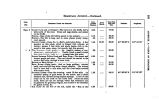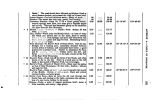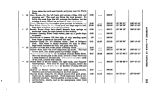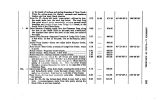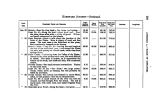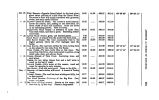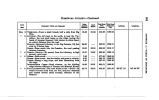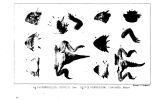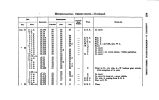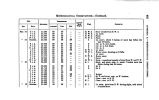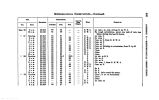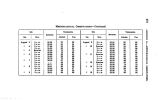| OCR Text |
Show 96 CACHE VAI. LBY. which consisted principally of conglomerates overlaying some argillaceous sandstones and beds of white and red clay. The conglomerates on the lower hills were formed principally of dark limestone, much worn. On the higher benches, large boulders of feldspar were found. Albite and serpentine also occurred, and metamor-phic sandstones, some of which were very beautifully veined, as if the strata had been disturbed before they had hardened. Returning to the southern end of the valley, we again struck the Muddy, and followed it up to where it forks, amid the hills forming the " divide" from Ogden's Hole. The eastern fork makes an impassable cafion, but we followed up the west fork about four miles, whence we crossed the Wahsatch range, and descended into a beautiful, level, circular valley, about a mile in diameter, hemmed in by an amphitheatre of lofty and steep mountains. Several fine springs head in this singular little hollow, which uniting and emerging on the south- west side, form the head of Box- elder Greek, a tributary of the Salt Lake. The pass or gorge through which this little stream rushes down the mountain to the plains below is steep, rugged, and very narrow, being in places scarcely passable for mules. I had hoped it would afford a passage over the range for wagons, but this I soon found to be impracticable. Descending this wild pass for about two miles, we reached the lake valley, and repaired to our camp on Bear River. In crossing the Wahsatch range at this point, the lower hills on the eastern side were composed of broken conglomerate. Large boulders of serpentine were met with on the surface, and also altered sandstones and limestones. Ascending from Cache Valley, the dark limestones were found cropping out, but the surface was so completely covered with vegetable soil that no section could be obtained. The limestones seemed to form the summits of the highest elevation of the range, but as we passed through the deep gorge of Box- elder Creek, this could not be positively ascertained. No trap was observed, but large boulders of granite were seen in the sides of the pass. The rocks had been so much worn, and the surface was so covered by fallen masses, that no section of the stratification was visible. |
































































































































































































































































































































































